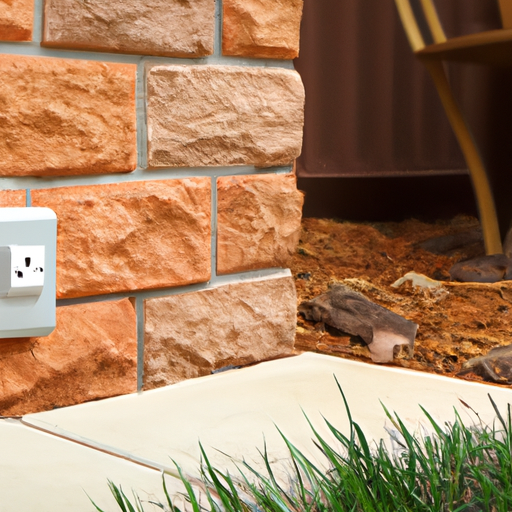Exploring Outdoor Electrical Wiring Options
When it comes to outdoor electrical wiring, one common question that arises is whether Romex can be used outside. Romex, also known as non-metallic sheathed cable (NM), is a popular type of electrical wiring used in residential applications. However, it is primarily designed for indoor use. In this article, we will explore the options available for outdoor electrical wiring and discuss whether Romex can be a suitable choice.
Understanding Romex
Romex is a brand name for a type of electrical cable that consists of two or more insulated conductors wrapped in a plastic sheath. It is commonly used for wiring residential buildings, such as homes and apartments. Romex is easy to work with and cost-effective, making it a popular choice for indoor electrical installations.
Limitations of Romex for Outdoor Use
While Romex is suitable for indoor applications, it is not recommended for outdoor use due to several reasons. Firstly, the plastic sheath of Romex is not designed to withstand exposure to the elements, such as sunlight, rain, and extreme temperatures. Over time, these environmental factors can cause the plastic to deteriorate, leading to potential safety hazards.
Secondly, Romex lacks the necessary protection against mechanical damage that outdoor wiring requires. Outdoor electrical wiring is more prone to physical stress, such as accidental impacts from gardening tools or animal interference. Romex does not have the same level of durability and protection as specialized outdoor wiring options.
Outdoor Electrical Wiring Options
When it comes to outdoor electrical wiring, there are several options available that are specifically designed for outdoor use. These options provide the necessary protection and durability to withstand the elements and potential mechanical damage. Here are some common outdoor wiring options:
1. UF-B Cable: Underground Feeder (UF) cable, also known as UF-B cable, is specifically designed for direct burial applications. It is moisture-resistant and can be buried directly in the ground without the need for conduit. UF-B cable is commonly used for outdoor lighting, landscape features, and underground wiring.
2. THWN-2 Wire: Thermoplastic Heat- and Water-resistant Nylon (THWN) wire is a versatile option suitable for both indoor and outdoor use. It is resistant to moisture, heat, and chemicals, making it ideal for wet locations. THWN-2 wire is commonly used for outdoor outlets, switches, and appliances.
3. Conduit Wiring: Using conduit, such as PVC or metal, is another option for outdoor electrical wiring. Conduit provides excellent protection against physical damage and allows for easy replacement or modification of wiring. It is commonly used for outdoor installations where flexibility and durability are required.
Conclusion
In conclusion, while Romex is a popular choice for indoor electrical wiring, it is not recommended for outdoor use. Outdoor electrical wiring requires specialized options that can withstand exposure to the elements and provide protection against mechanical damage. UF-B cable, THWN-2 wire, and conduit wiring are some of the suitable options for outdoor electrical installations. It is important to consult with a licensed electrician to determine the most appropriate wiring solution for your specific outdoor electrical needs.




